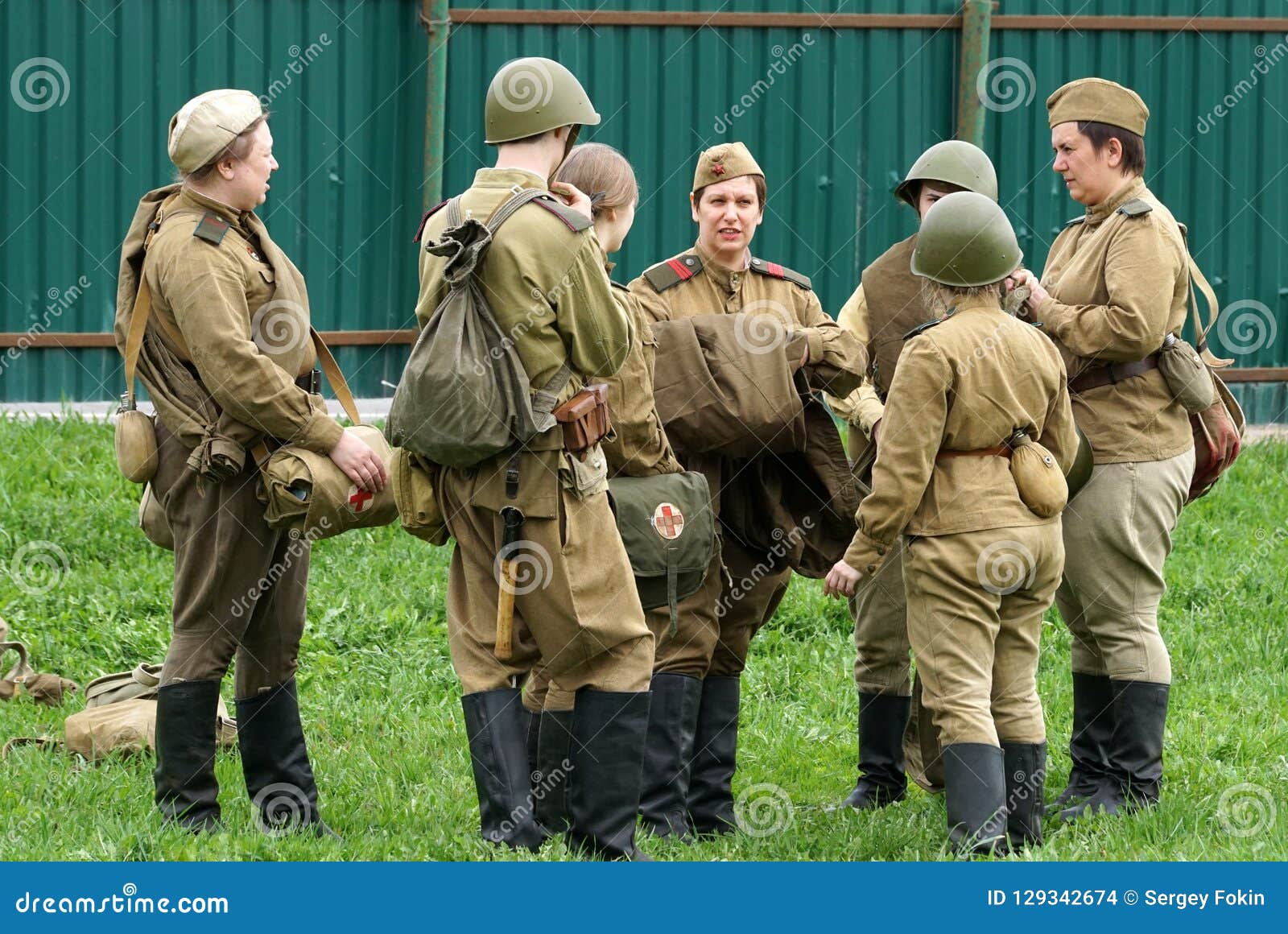

Therefore, I’d recommend taking a long zoom lens – perhaps an 18-200mm lens that can capture both wide shots and those that are far away. Plus, marching soldiers, galloping horses and gun and cannon fire, the atmosphere gets dusty and dirty quickly, which means that even if you can do a lens change, you may not want to fill the inside of your camera with dust. You won’t have time to do lots of lens changes, and you may not want to carry a massive camera bag around all day. Choose the Right LensĪ good reenactment is action-packed. As you look through your lens, make it your goal to lead viewers through the event. It is also helpful to learn everything you can about the actual historical event and its time period. Start by studying the event’s brochures, website, and other literature. To do this well, you’ll need to learn everything possible about the reenactment and its historical significance. When I go to a reenactment, I always try to take a collection of images that tell a story. This trick has worked at almost every reenactment I’ve ever attended. And, because I’m giving the reenactors permission to use my photos, I still retain ownership and credit for taking the photos. By offering the use of my photos for advertising purposes, they’ll tell me where the best vantages are and give me behind-the-scenes access. To avoid this problem, I call the media department of the reenactment that I’ll be attending.

One of the most challenging parts of shooting a reenactment is finding a location where you can set up, move around quickly and avoid onlookers that accidentally wander into the frame.

If you’d like to learn some tips and tricks to help you create amazing images at a reenactment, here are a few of my favorites! While the Civil War is one of the most popular forms of reenactments, many groups come together to reenact other historically significant events.įor the photographer, historical reenactments are a wonderful way to transform history into art. Reenactments aren’t limited to just the Civil War, however. Even before the war ended, soldiers acted out past battles as a way to remember and show respect to their lost brethren. Civil War reenactment, for instance, has a history as old as the Civil War itself. These men and women bring some of the history’s greatest moments to life, right before our very eyes. Reenactors are sometimes called living historians.


 0 kommentar(er)
0 kommentar(er)
